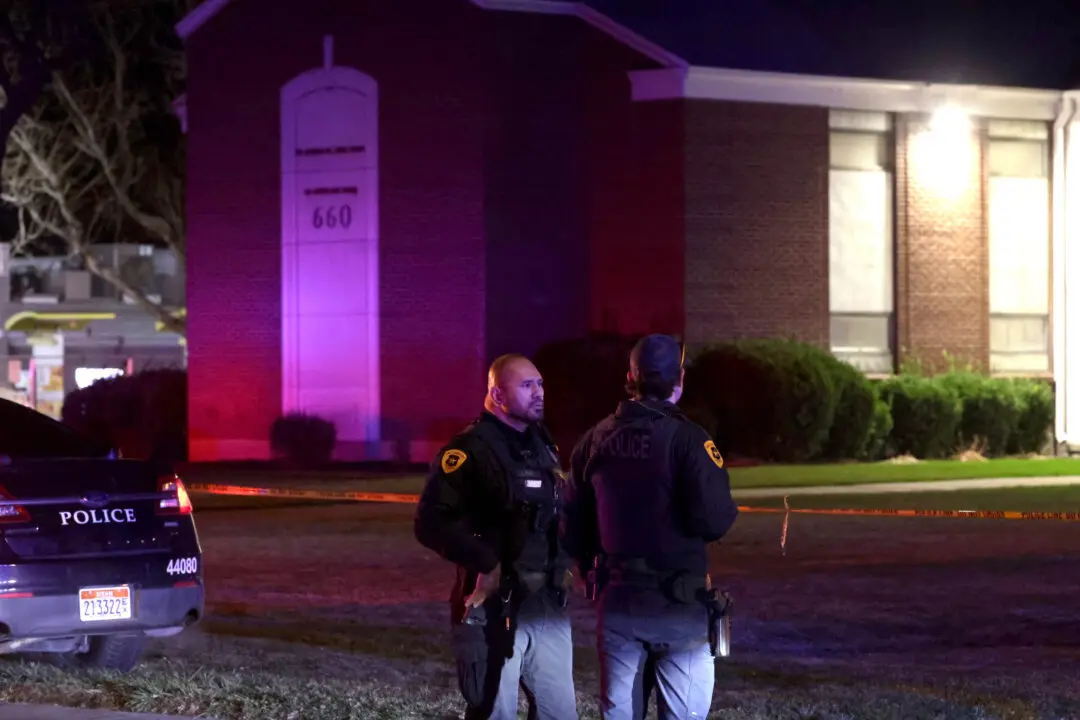SUMUR, Indonesia—Panicked residents, police, and soldiers in this remote fishing village clobbered by a devastating weekend tsunami ran to higher ground on Dec. 25, shouting “Water is coming! Water is coming!” as emergency messages were broadcast over mosque speakers.
It proved to be a false alarm, but a similar frenzy broke out in Tanjung Lesung, another tsunami-stricken area located hours away, as unsettled survivors of the disaster remained traumatized by a tragedy that killed more than 420 people and left thousands homeless.




